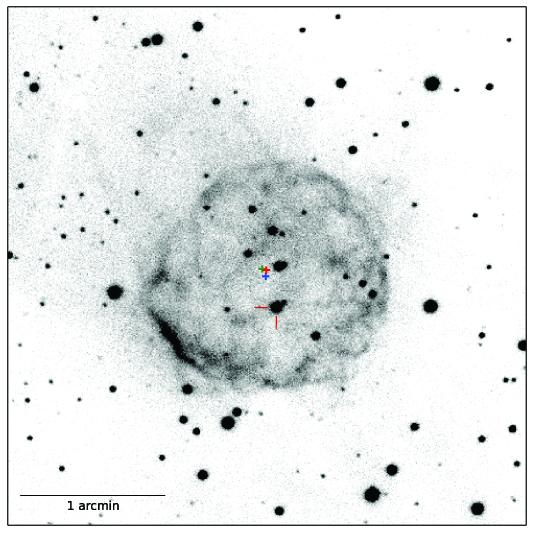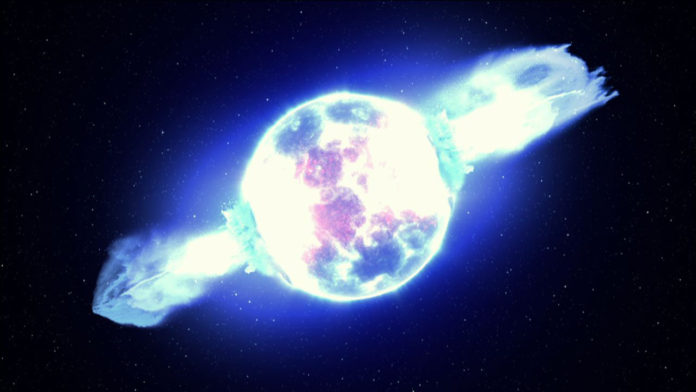Around 600 years ago a bright new star was spotted by a team of Korean astrologers that laid within the realms of the Scorpius constellation. The star was only seen for a period of two weeks before it faded out of sight. Looking back on these ancient records, modern astronomers claim that what these ancient astrologers claim to have seen was, in fact, a nova explosion. But back then they’d been unable to locate the binary star system that made it happen.

However, a new study published in the journal Nature shows the exacts position of the old nova which now undergoes much smaller dwarf-like eruptions. This research supports the idea that novae have a long term life cycle that continues after they’ve erupted which involves fading for several thousands of years before flaring back up again to become fully-fledged novae once again. It’s an exciting time for the study’s lead author and curator in the American Museum of Natural History’s Department of Astrophysics, Michael Shara. He says, “This is the first nova that’s ever been recovered with certainty based on the Chinese, Korean, and Japanese records of almost 2,500 years.”
It’s taken Shara many years to try and pinpoint the exact location of the binary star responsible for producing that Nova eruption back in 1437. Together, along with Richard Stephenson, a historian of ancient Asian astronomical records, and Mike Bode, Liverpool John Moore’s University astrophysicist they searched further a field, eventually spotting the classic nova’s ejected shell. To back up their research they confirmed their findings with a photographic plate from 1923 that’s now part of the Digitizing a Sky Century at Harvard (DASCH) project. “With this plate, we could figure out how much the star has moved in the century since the photo was taken,” said Shara. “Then we traced it back six centuries, and bingo, there it was right at the center of our shell. That’s the clock, that’s what convinced us that it had to be right.”
Further DASCH plates were used from the 1940’s that helped astronomers realize that it’s now a dwarf nova. This happens after an eruption. First, a Nova becomes “nova-like”, then it transforms into a dwarf nova. Then, after hibernating for a few thousand years it comes back to being nova-like, then a nova, and so on and so forth over billions of years. “We now have strong support for the idea that these binaries are all the same thing seen in different phases of their lives,” said Shara. “The breakthrough was being able to reconcile the 580-year-old Korean recording of this event to the dwarf nova and Nova shell that we see in the sky today.”
Article via American Museum of Natural History
More News to Read
- This New Nanotechnology Helps Killing Cancer Cells Without Harming Healthy Cells
- Processing Biofuels Just Got Cheaper and Greener Thanks to This Catalyst
- Meet the Engineer Who 3D Prints Revolutionary Human-Robotic Arms
- Meteor Shower From Dead Comet Sighted Again
- Will Tesla 3 Pre-orders See the Light of Day and Will This Car Create…

